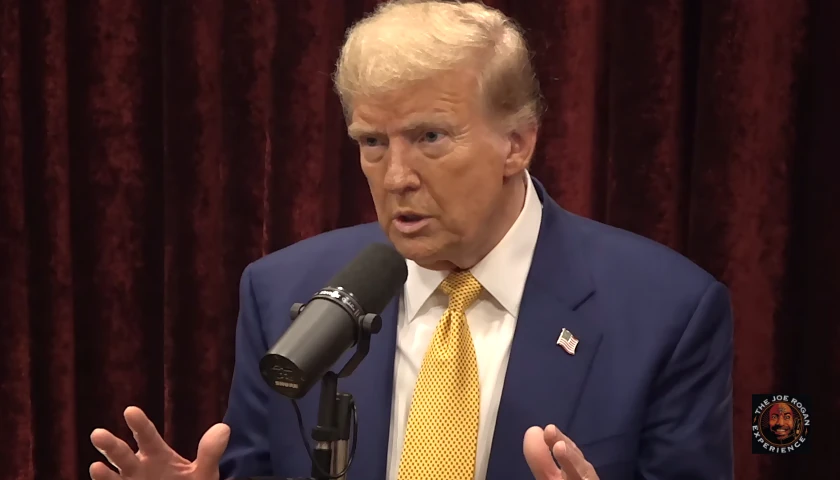by Todd DeFeo
State lawmakers nationwide are spending more money, but they are also replenishing rainy day funds in preparation for the next economic downturn, a new report determined.
General fund spending is expected to increase by 4.8 percent in the 2020 fiscal year, according to an analysis from the National Association of State Budget Officers (NASBO). In total, 45 states are planning spending increases, which are predicated on general fund revenue growth of 2.6 percent.
The spending increase comes after states grew their general fund spending by 5.8 percent in 2019, the fastest annual growth rate since the 2007 fiscal year. Concurrently, 46 states reported their revenue collections exceeded original budget projections, the most since the 2006 fiscal year.
“While fiscal conditions are solid and stable in the aggregate, spending and revenue trends continue to vary by state due to a combination of factors,” the organization said in its report. Factors include changing demographics, “regional disparities in economic performance,” variations in oil prices and fiscal policy decisions.
“Despite these variations, all states to some extent are facing long-term spending pressures in areas ranging from health care and pension contributions to adequately funding education and infrastructure,” NASBO said in its report. “As demonstrated by (2020 fiscal year) enacted budgets and revenue forecasts, state officials remain cautious about new ongoing spending commitments and continue to focus on bolstering their reserves.”
Legislators nationwide adopted a series of tax and fee increases that are expected to bring in an additional $6.7 billion in 2020, according to the report. Most of the new revenue goes to non-general fund sources, such as state transportation funds, education and health care, according to the analysis.
In approving their budgets, lawmakers maintained an eye toward the future, as states across the board are increasing their rainy day fund balances to improve recession preparedness. Balances in these funds reached a median balance of 7.6 percent as a share of general fund spending in fiscal 2019, a significant increase from 2010 when funds were 1.6 percent, and the rate could increase to 8 percent in 2020.
NASBO predicts revenue growth will likely continue throughout the 2020 fiscal year but at a somewhat slower pace, matching various economic forecasts.
“Overall, state budgets demonstrate a cautious approach to ongoing spending commitments, a practice of directing non-recurring revenues to one-time expenditures, and a focus on promoting structural balance,” according to the report.
The report added: “States also face uncertainties regarding the federal budget and debt outlook, international trade tensions, and the looming threat of the next recession during what is now the longest U.S. economic expansion on record.”
Read the full report:
– – –
Todd DeFeo is a regular contributor to The Center Square.




